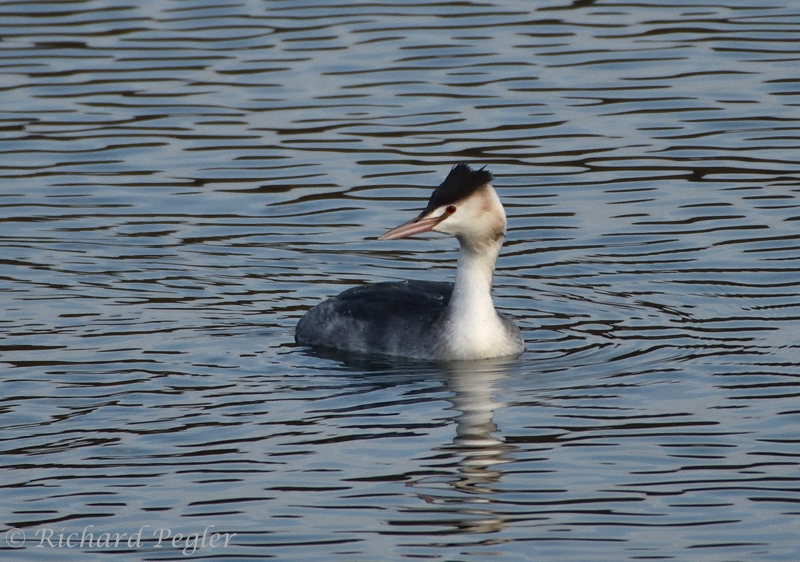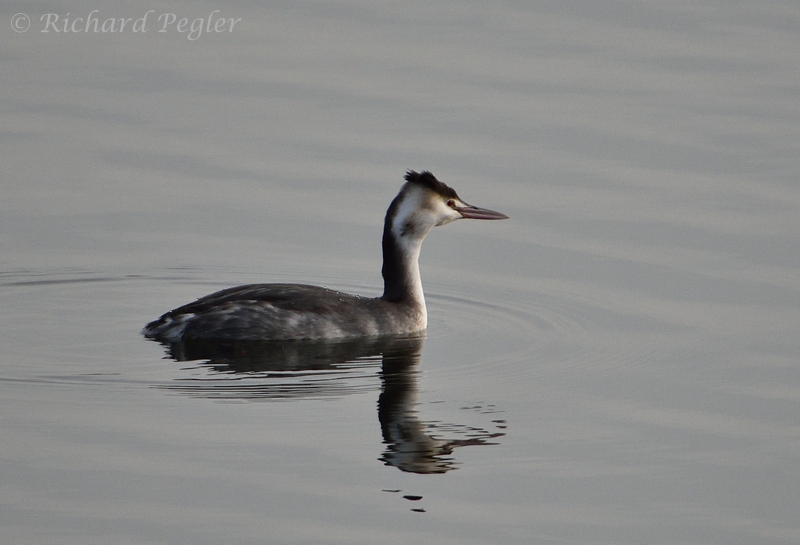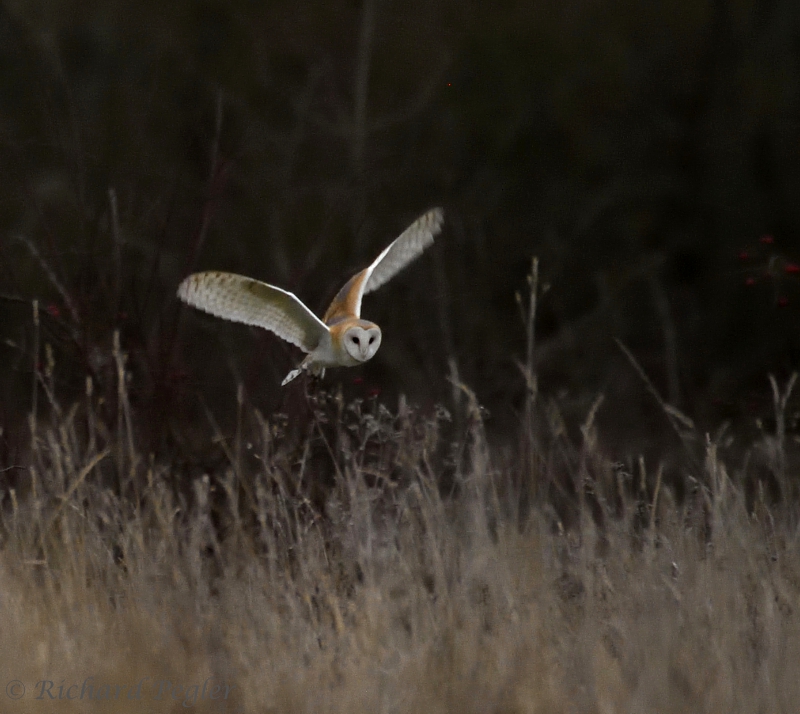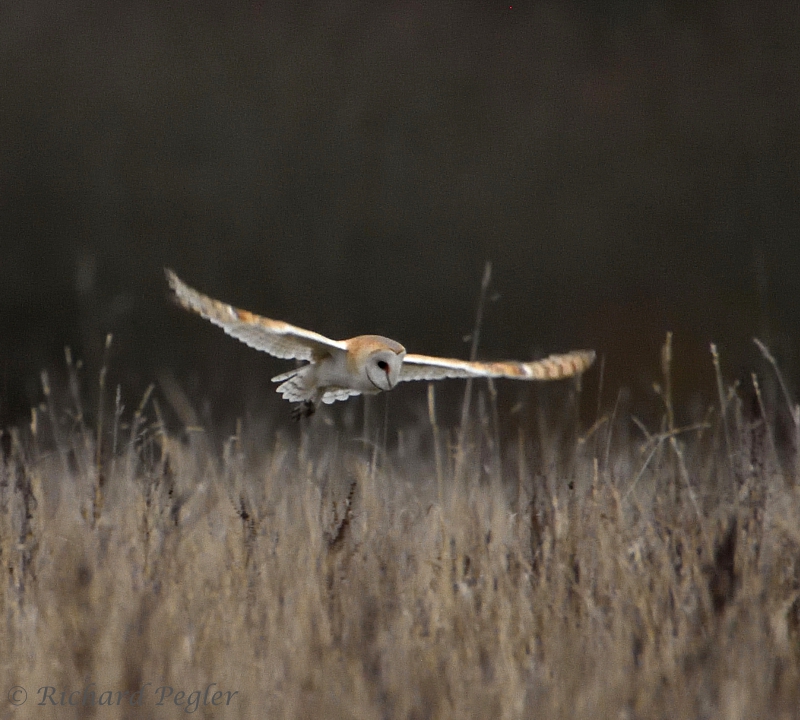I started the year with a resolve to get out more into the countryside in search of birds and other wildlife. However, I didn't reckon with avian visits to the garden getting more interesting, making it difficult for me to tear myself away from home. Thankfully, I have a vacation coming up for which I need to get myself into shape for much more walking than I am used to of late, and this helped get me back on track - to a degree!
Rather than give you a chronological account as usually do, I shall attempt to focus on subject matter. I wonder how this will turn out?!
Winter Garden Visitors
Brambling
I have struggled to get good photos of our winter visitors as they are usually either on feeders or hidden behind the twigs of the garden shrubs and trees. It did not help that the first half of January was largely dull and misty. I did resort to setting my hide up in the garden a couple of times, but did not achieve significantly better results. I don't usually like to post photos of birds on feeders but will do so below in order to show more detail on the bird
Most winters we get the occasional visit from Brambling although it is far from being a 'given'. A male Brambling started visiting the garden on a daily basis in December. On 3rd January a female Brambling appeared and, since then, both have visited regularly, although not as a pair. It does seem that this winter has been an exceptionally good one for local sightings of Brambling.
Brambling (Fringilla montifringilla) (female) - garden on 8th January, 2022
 |
| Brambling (Fringilla montifringilla) (male) - garden on 1st January, 2022 |
 |
| Brambling (Fringilla montifringilla) (male) - garden on 2nd January, 2022 |
 |
| Brambling (male) + Blackcap (Sylvia atricapilla) (female) - garden on 2nd January, 2022 |
 |
| Blackcap (Sylvia atricapilla) (female) - garden on 7th January, 2022 |
At one time, it was extremely unusual for a Pied Wagtail to visit our garden and if a wagtail visited at all it was usually the far less common Grey Wagtail that visited. However, over the past few years, visits by Pied Wagtail have increased to the extent that this winter, especially on cold days, a visit has been almost dependable.
NuthatchPied Wagtail (Motacilla alba yarrellii) (male) - garden on 15th January, 2021
Although Nuthatch can visit the garden at any time of year, it is usually in the winter that we get visits. We have been fortunate to have the occasional visit by one this winter.
 |
| Nuthatch (Sitta europaea) - garden on 2nd January, 2022 |
The UK's smallest bird has been a daily visitor so far this year, but is extremely difficult to photograph. I'm am confident, by its behaviour, that this is just one bird. It darts in, grabs a bill full from the fat balls and zooms back into cover. Sadly, this is the best shot that I managed during this period, from my study window.
Garden All Year Round-ersGoldcrest (Regulus regulus) - garden on 15th January, 2022
I decided to put a couple of common garden visitors in here - the first because it seems to be unusual behaviour (and is just plain cute!), and the second because they are such a spectacular small bird!
Grey Squirrel
Grey Squirrel is a daily visitor to the garden. When the nuts are ready, they rob our tree of the cob nuts. At other times they will feed on the peanuts and sunflower hearts that are put out for the birds. A few weeks back, I collected some crab-apples from a country lane as a possible source of food for winter thrushes. The only thrushes that took any interest at all were Blackbirds and their interest was short-lived. Lindsay and I were totally amazed when a Grey Squirrel decided to give one a try. The crab-apple was well and truly past its prime and may well have been alcoholic. We never observed it coming back for more!
GoldfinchGrey Squirrel (Scuirus carolinensis) - garden on 14th January, 2022
I cannot remember a day without a Goldfinch in the garden and this winter it has not been unusual to get days with around twenty of them present. Nevertheless, they are always a delight to observe. They are a feisty little bird, although no match for that female Blackcap!
 |
| Goldfinch (Carduelis carduelis) - garden on 7th January, 2022 |
As mentioned above, I did manage to get out a few times. The results were mixed and sometimes non-existant. Visits to Cossington Meadows on 4th January and Oakthorpe Colliery on 10th January yielded virtually nothing. Here are a few of the more useful visits that I made.
Longmoor Lake - on 11th January
I went here late in the afternoon in the hope of seeing an owl. I found owl pellets, but not an owl.
The light was relatively low by the time that I reached the lake, and nothing of outstanding interest was seen but, with some extreme camera settings, I did take a few photos that I find acceptable.
Moorhen (Gallinula chloropus) - Longmoor Lake
 |
| Mute Swan (Cygnus olor) (immature) - Longmoor Lake |
 |
| Mute Swan (Cygnus olor) - Longmoor Lake |
 |
| Wigeon (Anas penelope) (male) - Longmoor Lake |
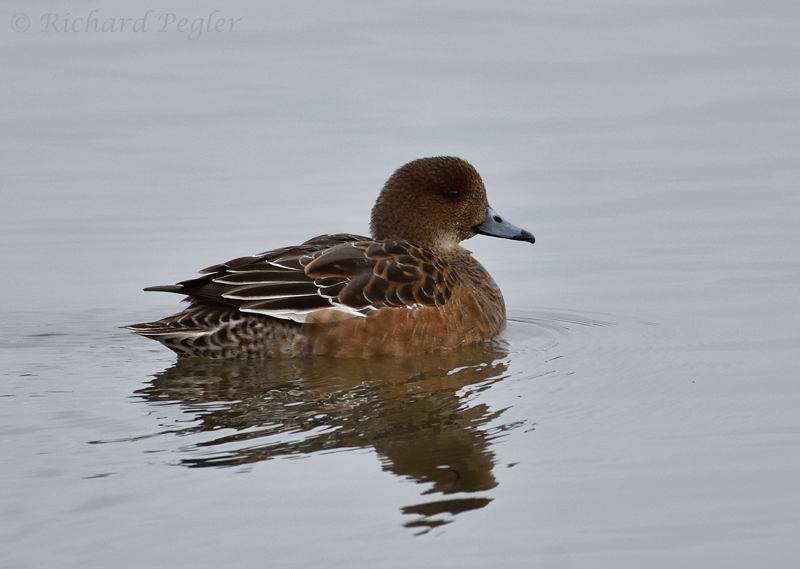 |
| Wigeon (Anas penelope) (female) - Longmoor Lake |
Calke Park - on 12th January
This turned out to be one of my more satisfying days. Due to Covid risks, I have felt uncomfortable with the prospect of sitting in a hide with other people present, particularly if those other people are not wearing face masks. I was, therefore, delighted to find an empty hide at Calke Explore with the door and all the windows open. One aspect that I was not over-comfortable about was the seven Brown Rats that were in front of the hide. If asked if I have any phobias, the one that I would come up with is rats! This is one of the juveniles.
Although only very common birds were seen, it was good to be out and getting some acceptable shots.Brown Rat (Rattus norvegicus) (juvenile) - Calke Explore
Dunnock (Prunella modularis) - Calke Explore Robin (Erithacus rubecula) - Calke Explore
A couple of people arrived into the hide, so I left and set off for
the hide by the main car park. Unfortunately for me, there was an
endless stream of people visiting the hide, so I did not venture in. I
did, thanks to a gentleman who very kindly insisted that I take his
place, manage to get a few shots from over the fence beside the hide.
The most interesting sighting for me, however, was the aberrant Chaffinch - guaranteed to make you look twice!Great Spotted Woodpecker (Dendrocopos major) (male) - Calke Park
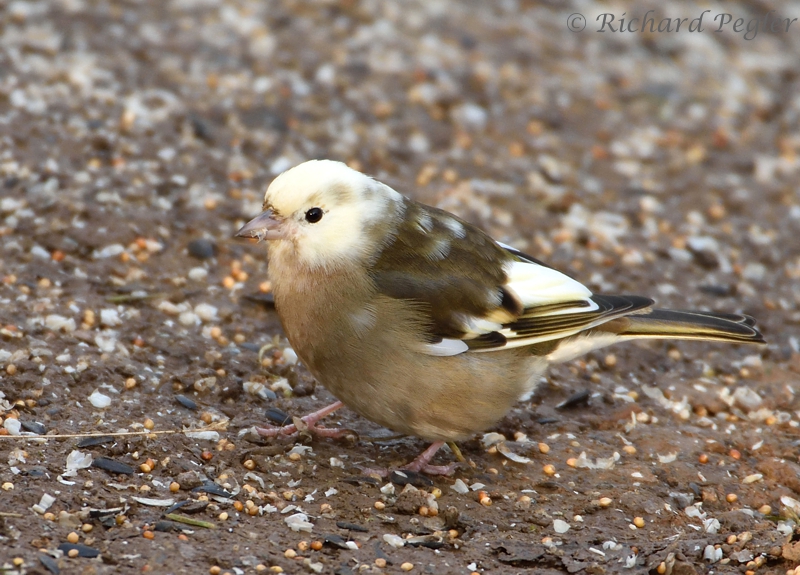 |
| leucistic Chaffinch (Fringilla coelebs) (female) - Calke Park |
 |
| Red Deer (Cervus elaphus) (male) - Calke Park |
As I started walking alongside the reservoir, skeins of geese started flying over.
In Calke Park, near the inflow to the reservoir, there were several Goosander. The second image, below, shows a male that had caught a good-sized fish. The third image I believe to be of an immature male, but I am far from sure of this - it has a brown head plumage which is much darker and tidier than that of a mature female.Greylag Goose (Anser anser) - Staunton Harold Reservoir
 |
| Goosander (Mergus merganser) (male + female) - Calke Park |
 |
| Goosander (Mergus merganser) (male) - Calke Park |
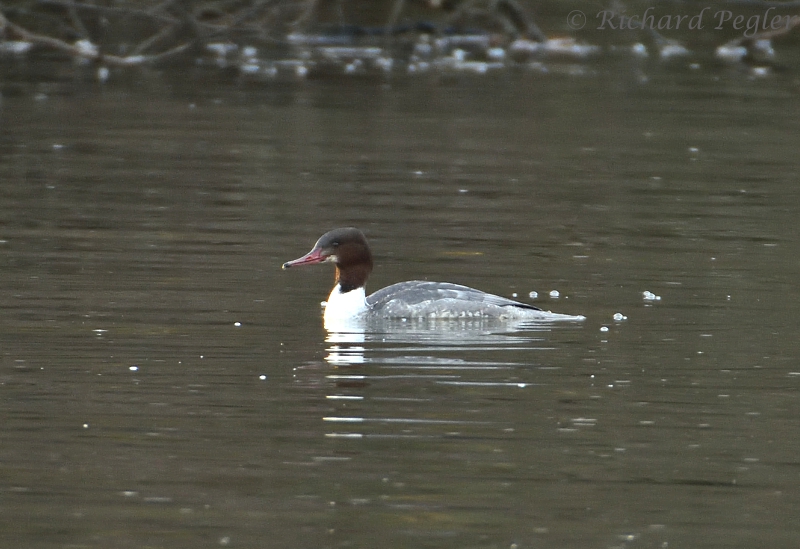 |
| Goosander (Mergus merganser) (immature male?) - Calke Park |
As I headed back alongside the reservoir, a Little Egret was on the far side of the water. The red specks that you might be able to see under the egret are the bills of Moorhens.
Undisclosed Area - on 13th JanuaryLittle Egret (Egretta garzetta) - Staunton Harold Reservoir
I now come to what was, without a doubt, the absolute highlight of this period, and that was the discovery of a new Little Owl site. I'd gone for a walk with no great expectations and happened upon my first new Little Owl for a few years. I still don't know how I managed to spot it (my eyes aren't as good as they were a year or so ago) as it was at some distance. The first shot, below, is from the closest access availble and something like a 50% crop, with the lens at its full 500mm. The second shot is from further away with more visibilty, but a much tighter crop. I am calling this my Little Owl Site No.54.
 |
| Little Owl (Athene noctua) - my Site No.54 |
Thus ends this account of the highlights from the first half of January. The future looks bright - if only this darned Covid thing would pack its bags and go!
I hope to be back in about a week. In the meantime, take good care of yourself and Nature - - - Richard























